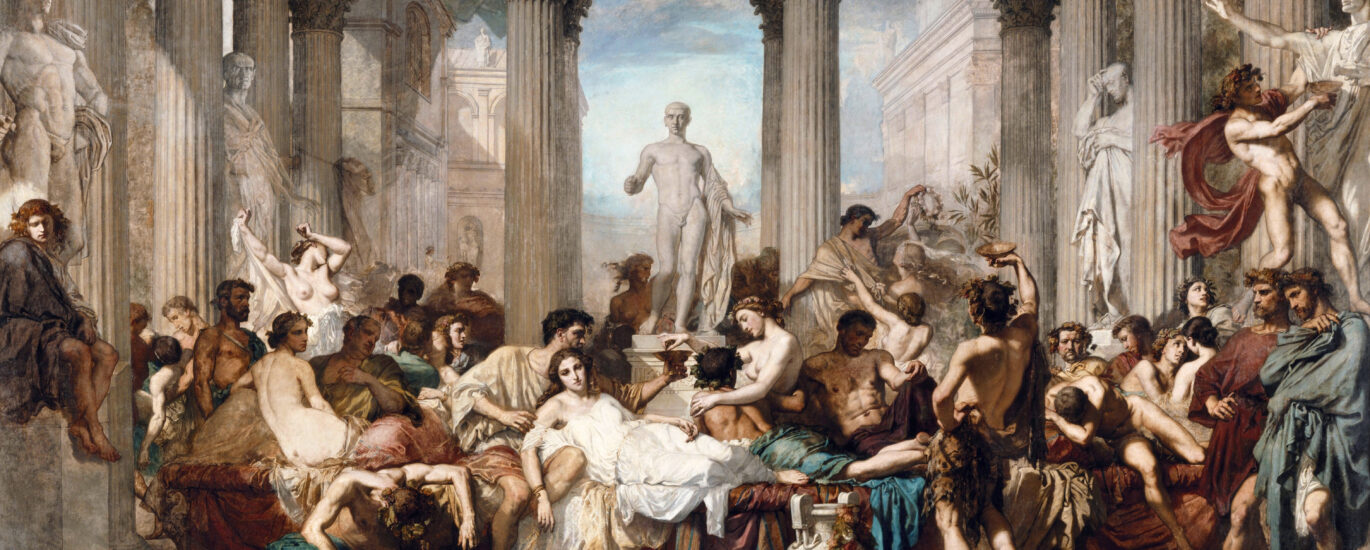Welcome to the Statue de Thomas Couture, a tribute to one of France’s most influential history painters and educators of the 19th century. Thomas Couture was born in 1815 in Senlis, a historical town in the Oise department of France. His journey as an artist was marked by persistence and innovation, which left an indelible mark on the world of academic art.
Couture’s artistic career began in Paris, where he moved with his family at the age of 11. He studied at the École des Arts et Métiers and later at the prestigious École des Beaux-Arts. Despite facing challenges, including failing the Prix de Rome competition six times, Couture’s determination paid off when he finally won the prize in 1837.
His masterpiece, ‘Romans During the Decadence,’ exhibited at the Paris Salon in 1847, solidified his reputation and earned him several medals. This painting vividly contrasts the moral decline of Roman society with its glorious past, a reflection of Couture’s own critique of contemporary society. His success allowed him to establish an independent atelier, challenging the traditional art education system and nurturing future luminaries like Édouard Manet and Henri Fantin-Latour.
Despite his professional triumphs, Couture experienced setbacks with some of his commissioned murals, leading him to retreat to his hometown of Senlis in 1860. There, he continued to teach, sharing his techniques and philosophies with young artists who sought his guidance. His publication, ‘Méthode et entretiens d’atelier,’ shares insights into his artistic methods, emphasizing his belief in the importance of art as a means of personal and societal reflection.
Couture passed away in 1879, leaving behind a legacy of artistic innovation and education. He was laid to rest in Père Lachaise Cemetery in Paris, a city that served as both his muse and his battleground.
Visitors to the statue can reflect on Couture’s impact on the art world and his role in shaping the future of French painting. His story is a testament to the power of perseverance and the enduring influence of art in society.






